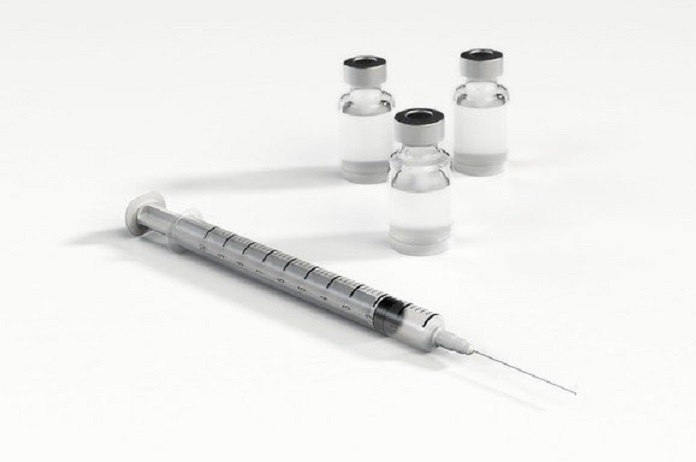A new form of botulinum toxin treatment may be more effective and safer than the traditional approach.
The use of botulinum toxin in cosmetic surgery has been popular since the 1990s.
However, although they all fall under the same umbrella, there are a number of different techniques which employ the toxin.
A study published in the journal Plastic and Reconstructive Surgery examines a new botulinum toxin technique called microbotulinum (1).
The technique involves the use of very small or micro-doses of diluted botulinum toxin.
These small doses are systematically injected at repeated intervals into the target areas of the skin. The toxin achieves its cosmetic effects by weakening or paralyzing the muscles underneath the skin.
As the contraction of these muscles leads to the development of fine lines and wrinkles, their paralysis often alleviates these cosmetic blemishes.
However, at higher doses, botulinum toxin can render the muscles completely paralyzed, giving an unnatural, frozen appearance.
Therefore the aim of microbotulinum technique is to strike a balance between smoothening lines and wrinkles while maintaining a natural appearance.
The study reported here took place between January and December of 2017.
In total, 62 patients (54 women and 8 men) were recruited. All 62 participants received the microbotulinum intervention.
This involved approximately 150 injections each over the entire area of the face.
Participants underwent a series of assessments before the intervention as well as both 30 days and 90 days after the intervention.
These assessments involved investigators grading the condition of the participants’ skin in terms of both roughness and the presence of fine lines.
The participants themselves were also asked to assess their own aesthetic improvement at 30 days and 120 days post-intervention.
Overall, 60 of the original 62 participants completed the follow-up period.
Based on the assessment of the investigators, three-quarters of participants experienced an improvement in skin roughness as a result of the microbotulinum technique, whilst 87% demonstrated an improvement in the appearance of fine lines.
Ninety-five percent of participants were satisfied or very satisfied that their appearance had improved 30 days after the treatment.
However, this dropped slightly to 87% when asked 120 days after the treatment.
There were no significant adverse effects recorded during the study, the only documented side effects of the treatment were 5 cases of skin discoloration at the point of injection.
This study suffers heavily from risks of bias.
There are no control patients and the main outcomes are largely subjective.
The follow-up period for the study only extends to 120 days and hints that the improvements noted after 30 days may begin to decline over time.
Furthermore, the loss to follow-up of two participants is not adequately explained.
These two participants may have been extremely unhappy with the intervention if they subsequently chose to leave the study.
As a result, it is difficult to assess the true value of this technique.
However, as noted by the authors, cosmetic medicine differs from other forms of medicine in that the outcome is subjective by nature.
The participants in this study in general reported being pleased with the results of the treatment.
So although there remain some questions about the objective merits of microbotulinum, it does represent a novel approach that appears to be both safe and effective.
At the very least it introduces a new option in the growing area of cosmetic medicine.
Written by Michael McCarthy
1. Diaspro A, Calvisi L, Manzoni V, Sito G. Microbotulinum: A Quantitative Evaluation of Aesthetic Skin Improvement in 62 Patients. Plastic and Reconstructive Surgery. 2020;146(5):987-94.
Image by Arek Socha from Pixabay



